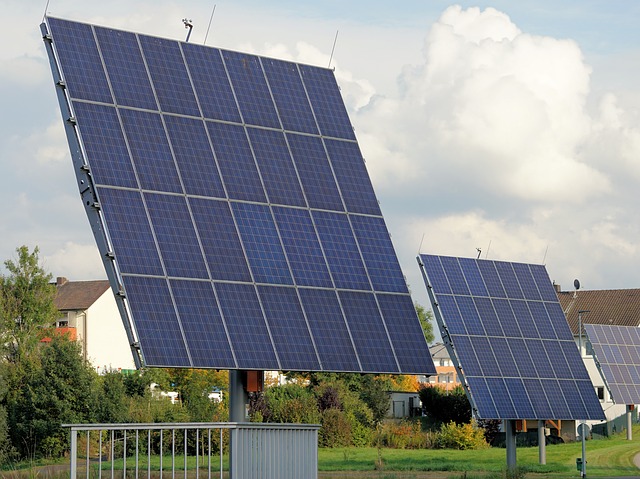There are many reasons why the solar power industry is taking off this decade, and is set to be a serious player in the future of world power. Increasingly, governments all over the world are having to address the issues of combating pollution, and reducing the reliance on traditional fuels that are getting scarce and more expensive to source.
In the USA, for example, installation of photovoltaic equipment alone is worth $6bn per year according to Solar Energy Trade Assessment Report (2011) – the US solar industry is booming, as is the global solar niche with more companies wanting to enter this high potential niche - (https://www.seia.org/research-resources/us-solar-energy-trade-assessment-2011).

In fact, we’re looking at merely the tip of the iceberg, because Samsung SDI has stated that it predicts the global market for the solar power cell market to be valued at over $70 billion by 2020. Currently, the market is worth about $30bn per year , globally. Further, the general demand for solar power currently exceeds the available supply in the world.
A growing aversion to nuclear power , combined with the clear benefits of solar means that more individuals and governments are turning to solar cells to power their energy needs. Further, solar power represents a good way for countries and governments to provide jobs – the industry is high growth, and many economies that are struggling with poor jobs figures look keen to support the booming solar niche as it tends to be labour intensive to produce and install equipment.
Further, there has been continued growth in the purchase of solar panel equipment globally over the past few years, and this trend looks set to continue. With citizens all over the world becoming more environmentally aware, and cost focused – solar power would appear to solve both issues very well. It is a limitless resource – free of greenhouse gas emissions (or any form of pollution) and obviously much safer than nuclear.
While the equipment can be expensive to buy upfront, the availability of government grants as well as the long life of 30+ years means that over the longer term solar power is an ideal answer to the safe clean energy question. The scope for solar powered growth is also immense – while growth has already been rapid, currently solar accounts for just about 1% of the total global energy provided for consumption.
As technology improves, and the cost of traditional energy continues to get higher and higher, solar power will continue to grow for decades to come. Good news for investors – but maybe more importantly, good news for energy users and the health of the planet.